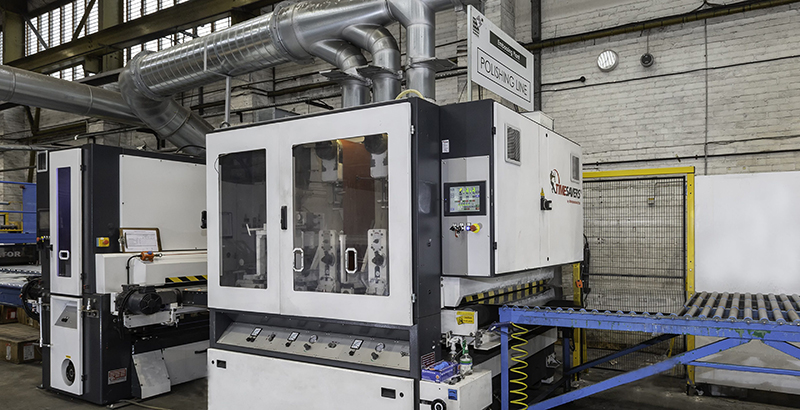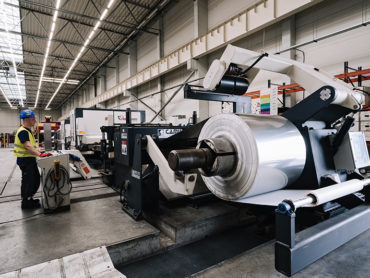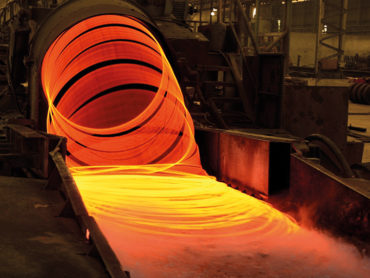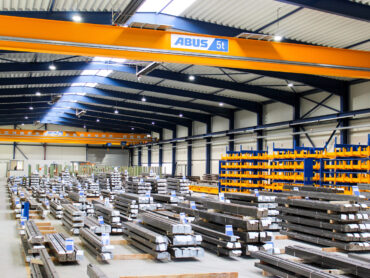Ever paid attention to the walls of an elevator? These walls are made of stainless steel sheets and have a smooth surface, due to the applied finish. Finishing is part of the manufacturing process and improves the appearance of sheet metal, and often at the same time, its durability. The article below kindly provided by Timesavers International of the Netherlands explains the various finishing processes for sheet, plate and coil, and concludes with some testimonials from customers.
The surface finishing of sheet metal, whether that is stainless steel, aluminium or steel, is usually done from an aesthetic and durability point of view. However, it also makes the machined parts wear and corrosion resistant.
Another reason for finishing is the reduction of surface roughness, which is one of the characteristics of surface texture, also known as the Ra value. Surface roughness measures the irregularities on sheet metal and the machined surface finish is measured in micro inches (µin).
The smaller the number of micro inches, the smoother the surface. A smooth and non-
absorbent surface can be cleaned more easily and is thus beneficial in industries where
hygiene is top priority. For instance the food and pharmaceutical industries.
Types of finishes
It is important to choose the right finish for your machined parts. There are several types of finishes that can be achieved by grinding, brushing, smoothing and polishing the surface with the use of brushes or belts.








